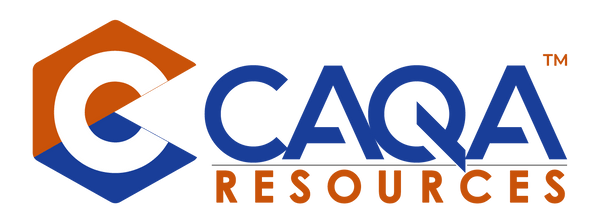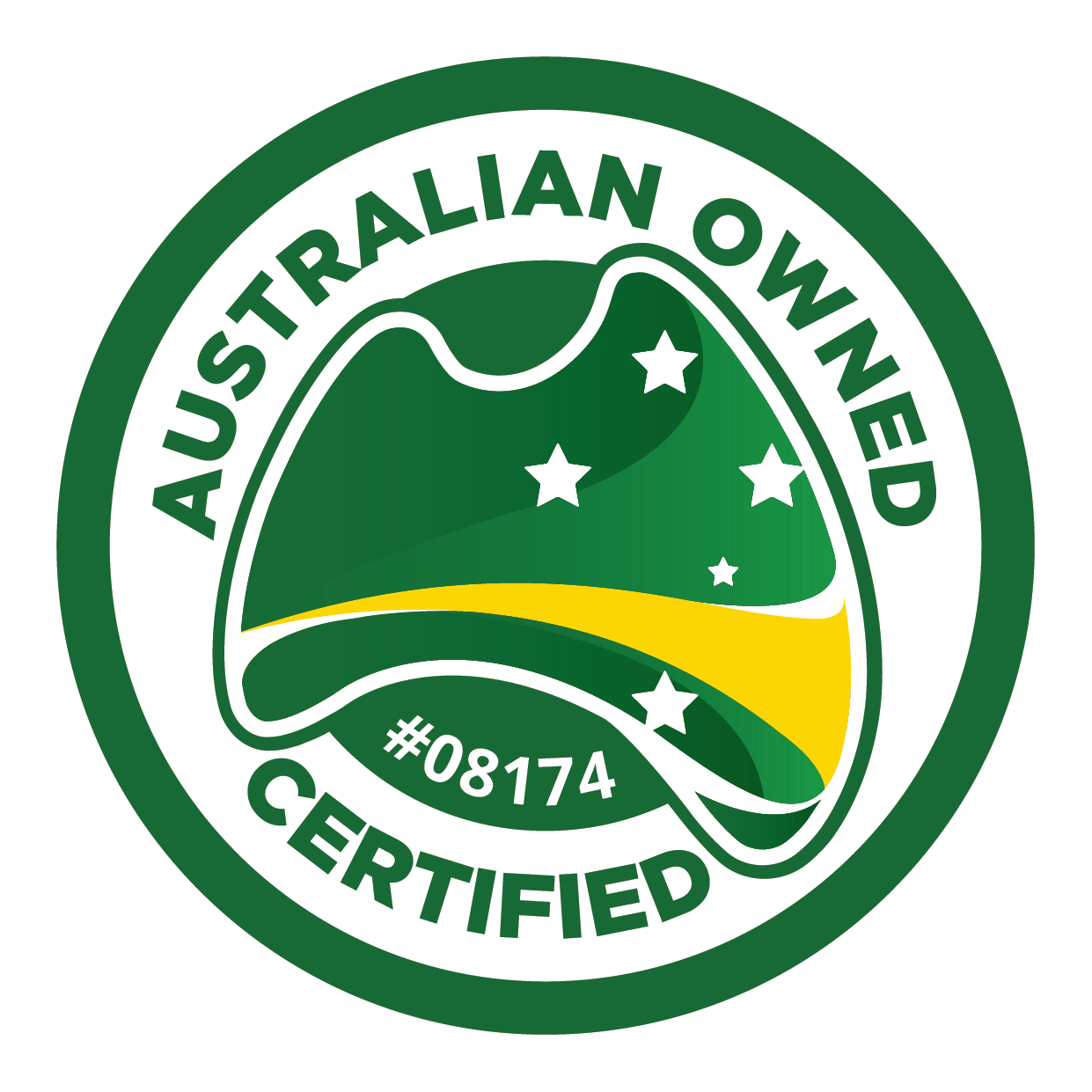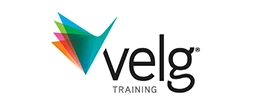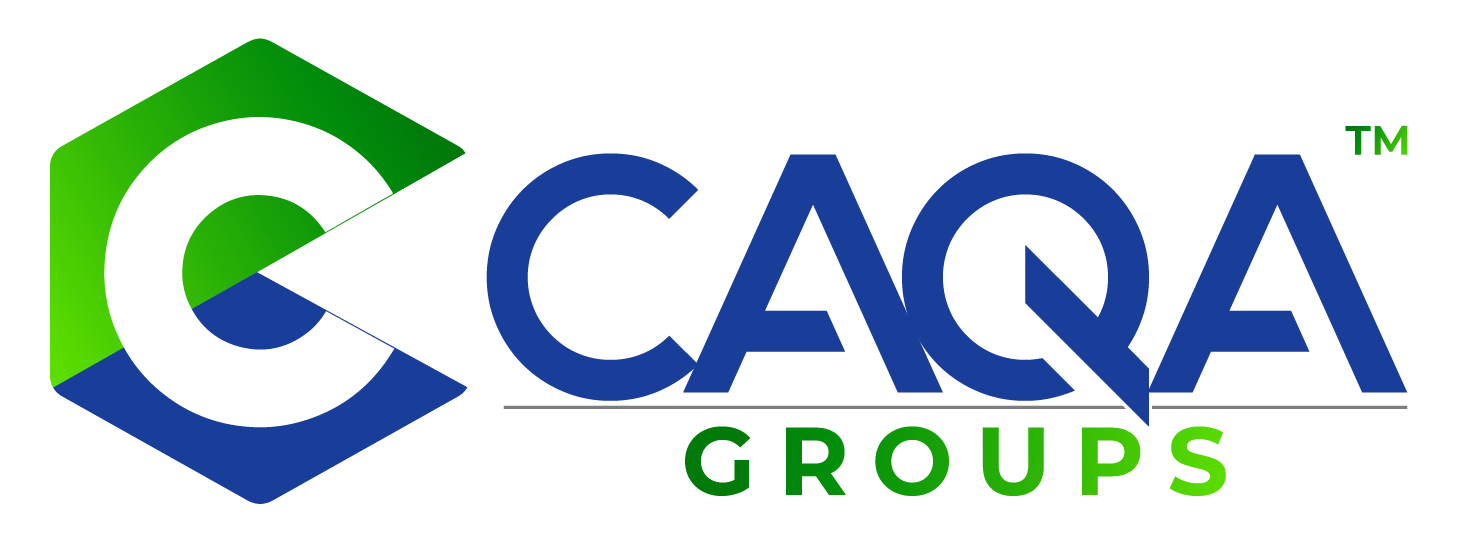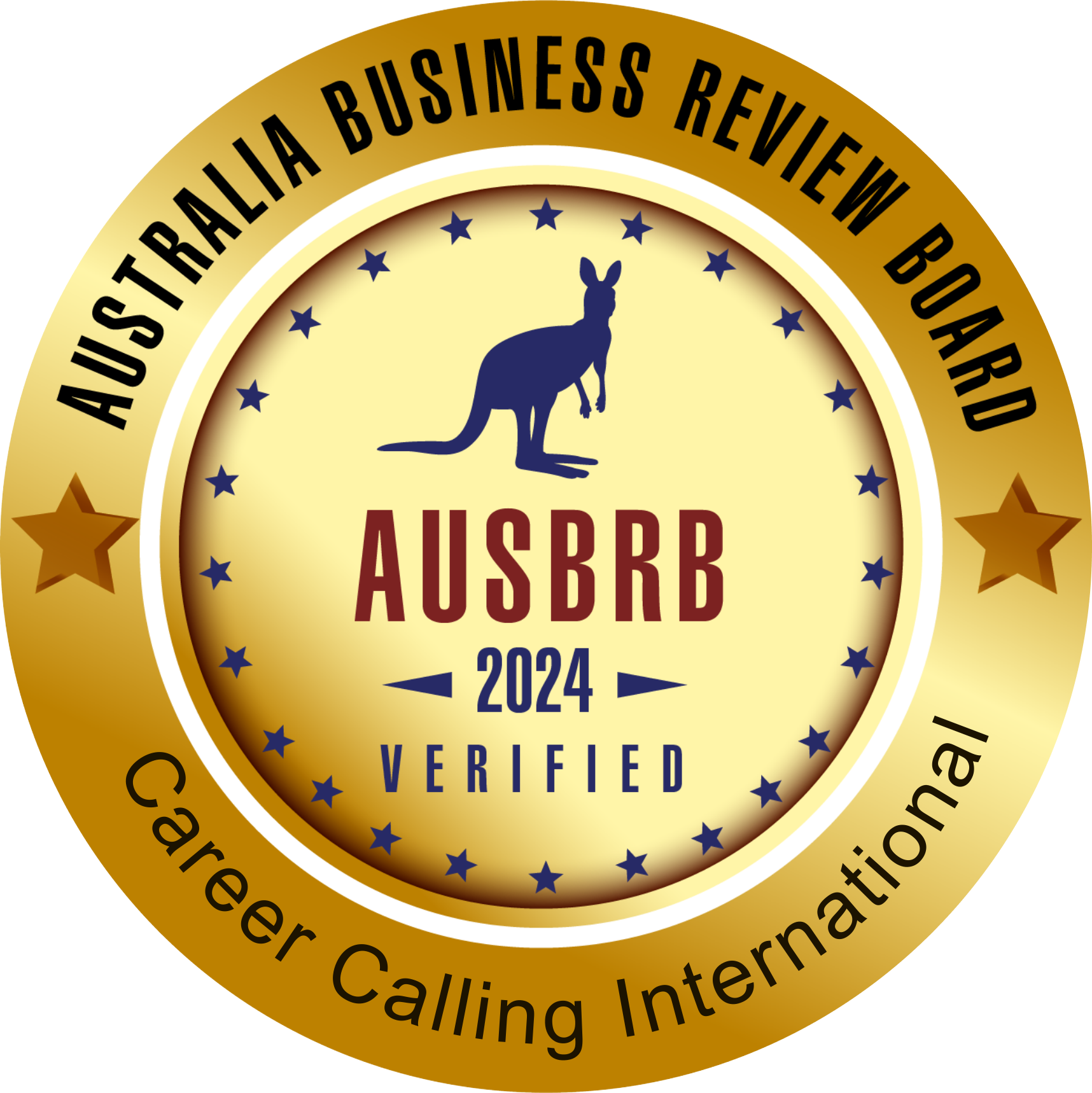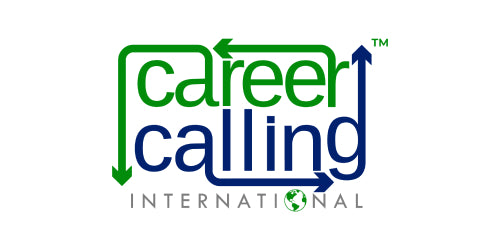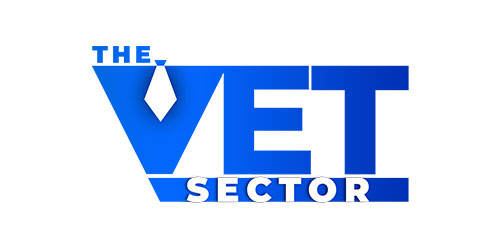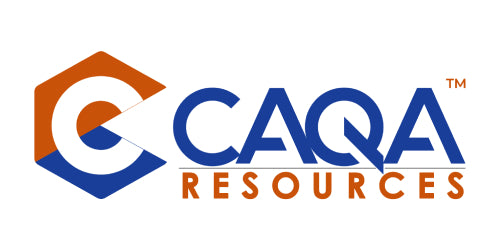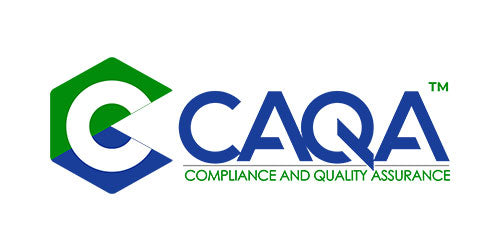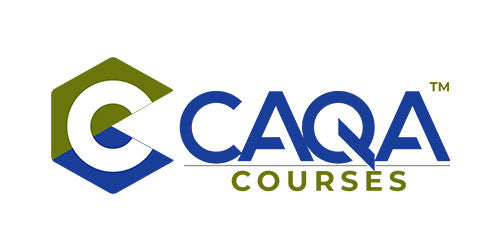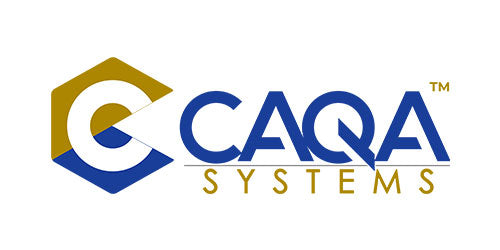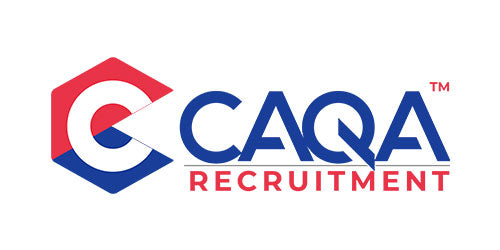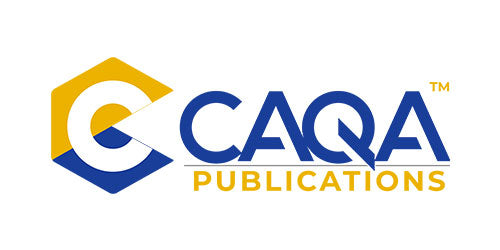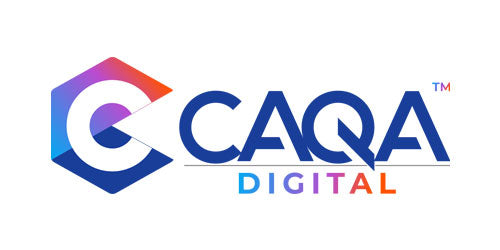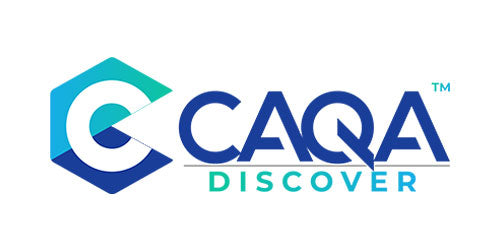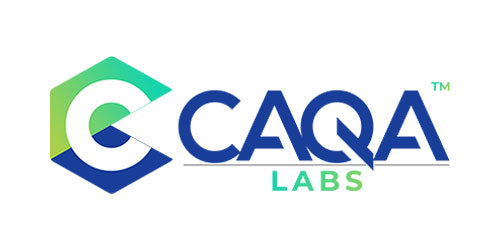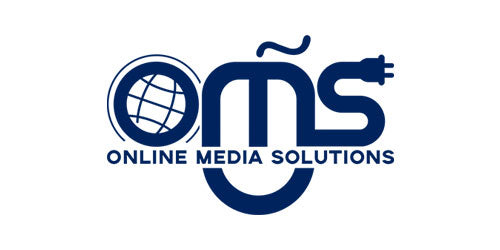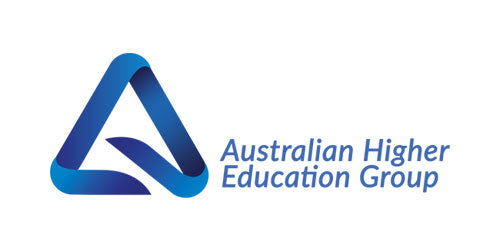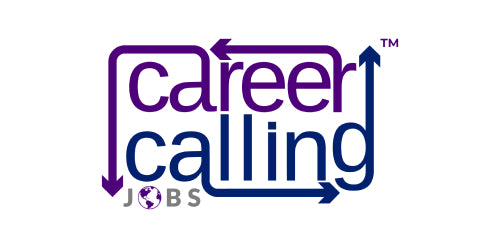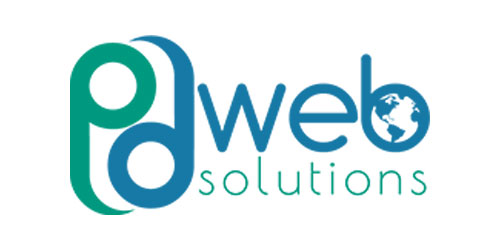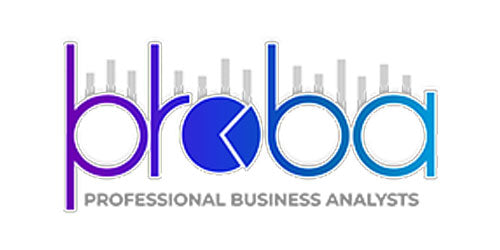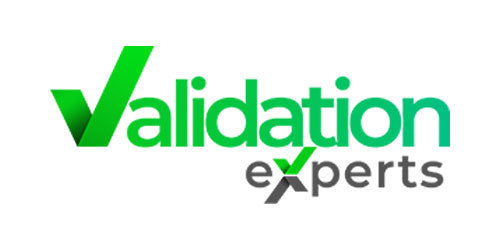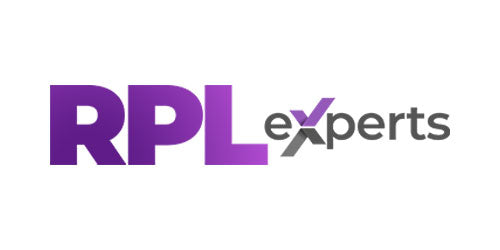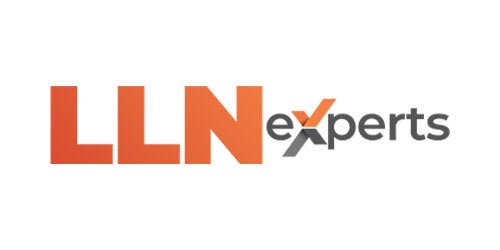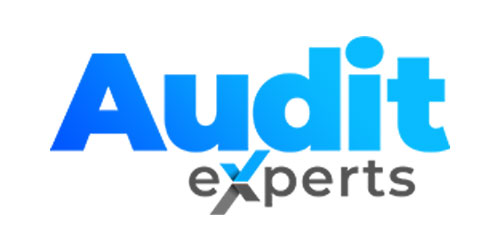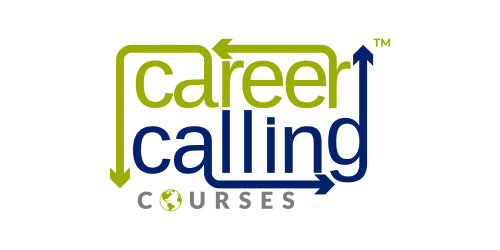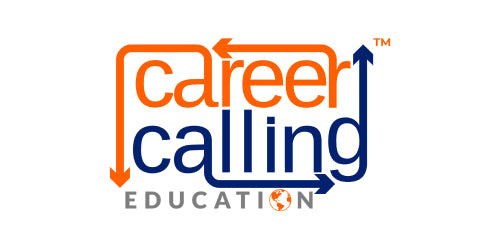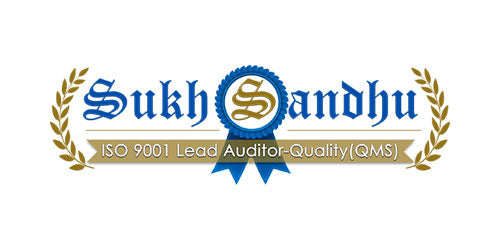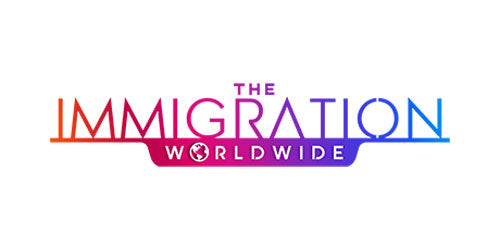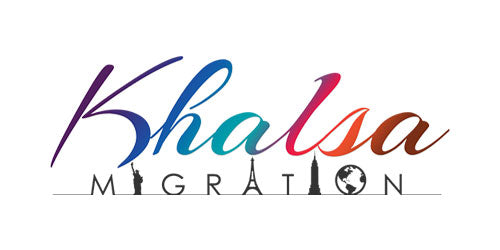As a Registered Training Organisation (RTO) in Australia's dynamic vocational education and training (VET) sector, staying relevant and competitive often means expanding your offerings. One of the most effective ways to do this is by changing your scope of registration to add new training products. However, this process involves careful planning, preparation, and navigation of regulatory requirements. This comprehensive guide will walk you through everything you need to know about changing your RTO's scope of registration to add training products.
Understanding Your Scope of Registration
Before diving into the process of changing your scope, it's crucial to understand what exactly your scope of registration entails. Your scope of registration is essentially your RTO's license to operate - it defines the specific training package qualifications, accredited courses, and units of competency that your organisation is approved to deliver and assess.
This scope is publicly listed on the national register, training.gov.au, allowing potential students and industry partners to see exactly what your RTO is qualified to offer. It's important to note that your RTO cannot advertise, deliver, or issue qualifications for any courses or units not included in your scope of registration.
Why Change Your Scope of Registration?
There are numerous reasons why an RTO might want to change its scope of registration:
- Meeting Industry Demands: As industries evolve, so do their training needs. Adding new qualifications or units to your scope can better serve emerging industry requirements.
- Expanding Market Reach: Offering a wider range of courses can help you attract a broader student base and enter new markets.
- Staying Competitive: Expanding your offerings can help you stay ahead of the competition in the fast-paced VET sector.
- Responding to Policy Changes: Sometimes, changes in government policy or funding arrangements may make adding certain courses to your scope beneficial.
- Enhancing Progression Pathways: Adding higher-level qualifications can provide clear progression pathways for your existing students.
The Process of Changing Your Scope
Changing your RTO's scope of registration is not a decision to be taken lightly. It requires careful planning, preparation, and approval from the Australian Skills Quality Authority (ASQA). Here's a step-by-step guide to the process:
Step 1: Self-Assessment
Before you even begin the formal application process, you need to conduct a thorough self-assessment. This involves:
- Evaluating your RTO's capacity to deliver the new training products
- Assessing the market demand for the new offerings
- Ensuring you have the necessary resources, including qualified trainers and assessors, appropriate facilities, and required equipment
- Reviewing your training and assessment strategies to ensure they align with the new training products
Step 2: Prepare Your Application
Once you've determined that you're ready to add new training products to your scope, you need to prepare your application. This involves:
- Gathering all necessary documentation
- Preparing evidence that you meet the Standards for RTOs 2015 for the new training products
- Developing comprehensive training and assessment strategies for each new qualification or unit
Step 3: Submit Your Application
Applications to change scope are submitted through ASQA's online portal, ASQAnet. You'll need to:
- Log into ASQAnet
- Select "Change of Scope" application
- Provide details of the training products you wish to add
- Upload all required documentation and evidence
- Pay the application fee
Step 4: Assessment by ASQA
Once you've submitted your application, ASQA will assess it. This process may involve:
- A desk audit of your application and submitted evidence
- A site audit to verify your RTO's capacity to deliver the new training products
- Requests for additional information or clarification
Step 5: Decision and Implementation
After completing their assessment, ASQA will make a decision on your application. If approved, you can then implement the changes to your scope. This involves:
- Updating your marketing materials and student information
- Ensuring all systems and processes are in place to deliver the new training products
- Notifying relevant stakeholders of your expanded offerings
Key Considerations When Changing Your Scope
Meeting the Standards for RTOs 2015
When applying to add new training products to your scope, you must demonstrate that you meet all relevant Standards for RTOs 2015. This includes:
- Standard 1: Responsive to industry and learner needs
- Standard 2: Quality assurance
- Standard 3: Secure and accurate certification
- Standard 4: Accessible information about services
- Standard 5: Informed and protected learners
- Standard 6: Fair complaints handling
- Standard 7: Effective governance and administration
- Standard 8: Legal compliance
Resource Requirements
You must have access to all necessary resources to deliver the new training products before you submit your application. This includes:
- Qualified trainers and assessors
- Learning resources and assessment tools
- Required facilities and equipment
- Support services for students
Industry Engagement
You'll need to demonstrate strong industry engagement for many training products, particularly those leading to licensed outcomes. This may involve:
- Consultations with industry representatives
- Partnerships with relevant businesses or organisations
- Evidence of industry support for your RTO to deliver the training
Transition and Teach-Out Periods
If you're adding new versions of training products already on your scope, you need to be aware of transition and teach-out periods. Generally, when a new version of a training product is released, RTOs have 12 months to transition to the new version.
Special Considerations for Certain Training Products
Training and Education (TAE) Training Package Products
Adding certain products from the TAE Training Package to your scope requires additional evidence and scrutiny from ASQA. This is due to the critical role these qualifications play in maintaining the quality of the VET sector. To be eligible to apply for these products, your RTO must:
- Have been registered for at least 2 years
- Demonstrate a track record of quality training and assessment
- Provide extensive evidence of your capacity to deliver these qualifications
Accredited Courses
If you're applying to add an accredited course to your scope, you'll need to provide evidence that the course owner has given you permission to deliver the course. This usually involves a formal agreement between your RTO and the course owner.
Licence-Linked Qualifications
Some VET qualifications lead to licensed outcomes in industries such as security, electrical work, or high-risk work. To add these to your scope, you'll typically need approval from the relevant industry regulator in addition to ASQA's approval.
Fees and Charges
Changing your scope of registration involves fees payable to ASQA. As of 2023, these include:
- An application lodgement fee of $240
- An assessment fee of $250 per hour, charged in 15-minute increments
Budgeting for these fees is important when planning to change your scope. Remember, these fees are non-refundable, even if your application is unsuccessful.
Common Pitfalls to Avoid
When changing your RTO's scope, there are several common mistakes to watch out for:
- Insufficient Preparation: Rushing into an application without thorough preparation often leads to rejection or delays.
- Inadequate Resources: Ensure you have all necessary resources in place before applying. ASQA expects you to be ready to deliver as soon as your scope change is approved.
- Poor Evidence: Failing to provide comprehensive, high-quality evidence to support your application is a common reason for rejection.
- Overlooking Industry Engagement: Strong industry connections are crucial, especially for licence-linked qualifications.
- Ignoring Financial Implications: Consider not just the application fees, but also the costs of resources, marketing, and potential audits.
Benefits of Strategically Changing Your Scope
While changing your scope requires significant effort and investment, when done strategically, it can bring numerous benefits:
- Increased Revenue: Offering more courses can attract more students and increase your RTO's revenue.
- Enhanced Reputation: A broader scope can enhance your RTO's reputation as a comprehensive training provider.
- Improved Industry Relationships: Adding new courses often involves deepening industry connections, which can lead to valuable partnerships.
- Student Progression: Offering a wider range of qualifications can provide clear progression pathways for your students, potentially increasing student retention.
- Competitive Advantage: Offering unique or in-demand qualifications can set you apart from competitors.
Changing your RTO's scope of registration by adding new training products can be a powerful strategy for growth and relevance in the VET sector. However, it's a process that requires careful consideration, thorough preparation, and a clear understanding of regulatory requirements.
By taking a strategic approach - assessing market demand, ensuring you have the necessary resources, and maintaining strong industry connections - you can use scope changes as a tool to position your RTO for success. Remember, the goal isn't just to have a broader scope, but to offer high-quality, industry-relevant training that truly meets the needs of your students and the broader community.
Changing your scope is more than just a regulatory process - it's an opportunity to refine your RTO's direction, enhance your offerings, and ultimately, make a more significant impact in the vocational education and training landscape. With careful planning and execution, expanding your horizons through scope changes can lead your RTO to new heights of success and influence in the sector.









